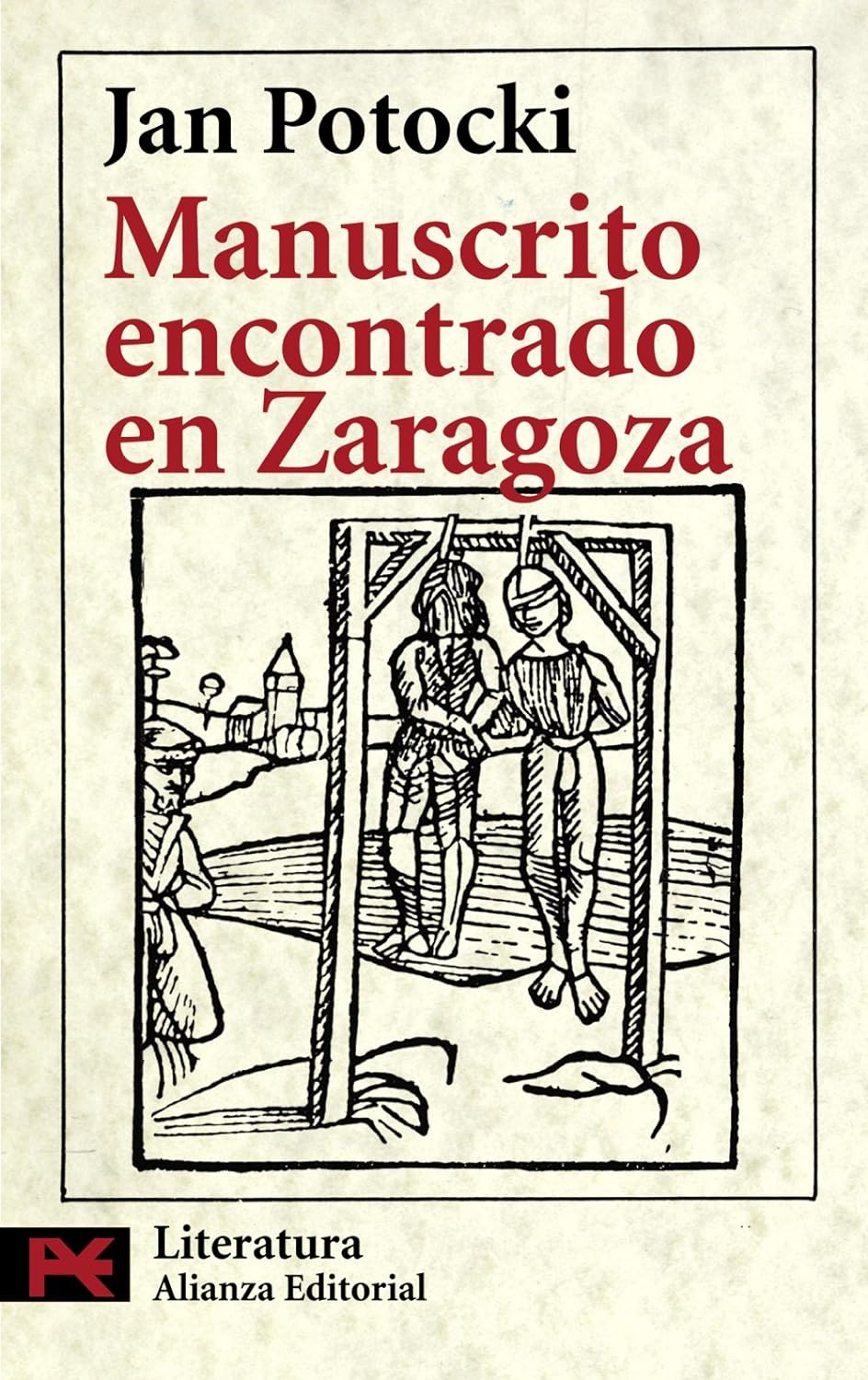What do you think?
Rate this book


310 pages, Paperback
First published January 1, 1847
How can I express in words the horror which filled me then? I was lying below the gibbet of Los Hermanos. The corpses of Zoto’s two brothers were not hanging from it but were lying on either side of me. I had apparently spent the night with them. I was lying on pieces of rope, fragments of wheels and human remains and the revolting rags which had fallen from them as they had rotted.
‘The first thing I will recommend to you is not to become attached to any image or emblem, but to strive to grasp the spirit of all such things. Thus, earth represents all that is material, and a god sitting on a lotus leaf floating on mud represents thought, which rests on matter without touching it. This is the emblem your lawgiver used when he said that the spirit of God was borne on the waters.’
‘I can indicate the infinite, but I cannot comprehend it. Now, if it is the case that I cannot comprehend, cannot express but can only indicate the infinitely great and the infinitely small, how can I express what is simultaneously infinitely great, infinitely intelligent, infinitely good and the creator of all infinities?’














"Signor Zoto," Monaldi replied, "It is somewhat surprising that you have not got the heart to administer any punishment at all to your wife but you are prepared to waylay men at the edge of a wood. But everything is possible and this is far from the only such contradiction hidden in the human heart. I am ready to introduce you to my friends [who are bandits] but you must first commit at least one murder."
"Good Lord," said the cabbalist to Senor Don de Velasquez the geometer, "if you don't yourself know the feeling of impatience you must have observed it occasionally in those with whom you have dealings."
"That is so," replied Velasquez. "I have often observed impatience in others, and it seems to me to be a feeling of unease which never ceases growing, without there appearing to be any law that governs the growth. One may say, however, that in general terms it is in inverse ratio to the square of the force of inertia. So that if I am twice as difficult to move to impatience as you are, I will only suffer one degree of it at the end of the first hour while you will suffer four. The same applies to all emotions which can be looked on as motive forces."
Like everything in this world, religions are subject to a slow, continuous force which tends continually to change their form and nature, with the result that after some centuries a religion that is still thought of as the same ends up by offering different things for men to put their faith in: allegories whose meaning has been lost, dogmas which no longer are fully believed.
I then spoke and asked the Jew what was the charm he found in such wilderness.
"Not seeing any humans," he replied. "And if I do meet some lost traveller or a family of Arabs, I know the lair of a lioness who is rearing her young. I lead her towards her prey and have the pleasure of seeing her devour them under my very eyes."
"You seem to have a somewhat bad character, Senor Ahasuerus," said Velasquez.
"I warned you," said the cabbalist. "He's the greatest scoundrel on earth."
"If you had lived eighteen hundred years," said the wanderer, "you wouldn't be any better than I am."
"I hope to live longer and be better than you," said the cabbalist. "But enough of these disagreeable thoughts. Continue with your story."